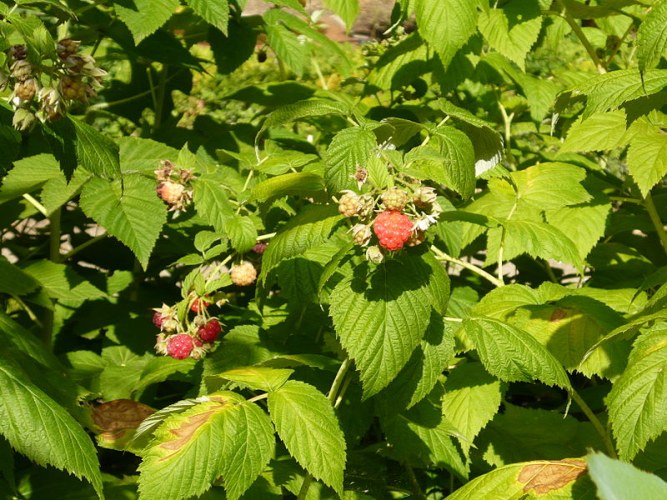[1] British Herbal Pharmacopoeia 1983 Published by the British Herbal Medicine
Association ISBN 0 903032 07 4.
[2] Herbal Materia Medica Course Notes For Diploma of Naturopathy and Diploma
of Herbalism Students by Lydia Mottram.
[3] The Pharmaceutical Plant Company Pty Ltd
ppcherbs.com.au
[4] Potter's New Cyclopaedia of Botanical Drugs and Preparations R.C.
Wren Revised by Elizabeth M. Williamson and Fred J Evans. First published in
Great Britain in 1988 and reprinted in 1989 and 1994 by the C. W. Daniel Company
Limited. 1 Church Path, Saffron Walden Essex. Published 1988 Printed and bound
by Biddles, Guildford ISBN 085207 1973.
Images
1.
commons.wikimedia.org
by Cillas CC-SA 4.0
 Rubus
idaeus. R. strigosus
Raspberry leaves,
Red raspberry, Raspberry leaf
Family: Rosaceae
Rubus
idaeus. R. strigosus
Raspberry leaves,
Red raspberry, Raspberry leaf
Family: Rosaceae